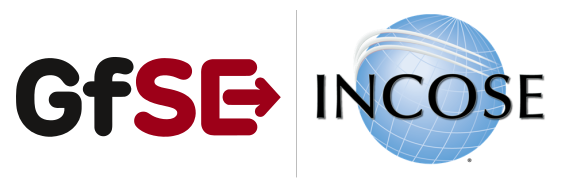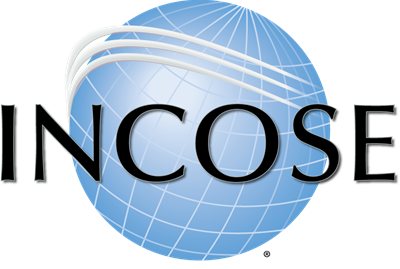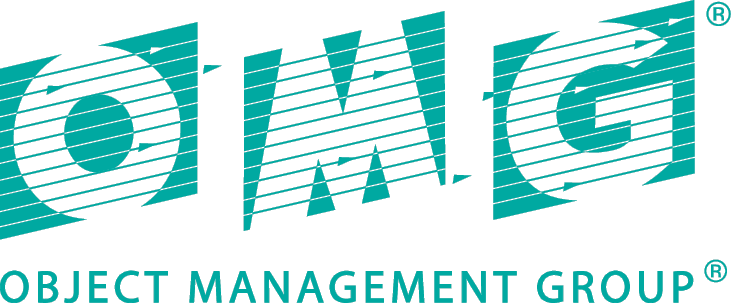Enterprise Architecture Guide for the Unified Architecture Framework
- Webinar Zielsetzung: Stärkung MBSE Einsatz
- Referent:in: James N Martin
- Position: James N Martin is a member of the UAF Revision Task Force with OMG and was lead editor for the ISO 42020 standard on Architecture Processes.
- Beschreibung: This webinar describes a workflow for creating Enterprise Architecture (EA) views in accordance with the Unified Architecture Framework (UAF) standard published by the Object Management Group (OMG). This workflow will be the foundation for a new EA Guide now being published as part of the OMG standard. The nine steps of the workflow are laid out in alignment with the stakeholder domains in the UAF for producing the requisite UAF views in each of those domains. This architecture description method can be used in conjunction with processes for the conceptualization and evaluation of an architecture, and also used as the basis for an EA modeling methodology, architecture development planning, MBSE capability assessment, and modeling project organization. The Guide covers architecting of the enterprise as well as architecting (at a high level) of a major entity within the enterprise. The webinar will provide an understanding of what the Guide contains and how it could be used. Take-Away Message: If you have ever struggled with the complexity of implementing MBSE and creating architecture models, this Guide can help you navigate the many principles, concepts and views defined in the Unified Architecture Framework and could serve as the foundation for your own modeling methodology.
- Weiterführende Information: https://aerospace.org/
- Datum: 06.04.2022 17:00
- Chapter: Joint GfSE INCOSE
- Sprache: EN






